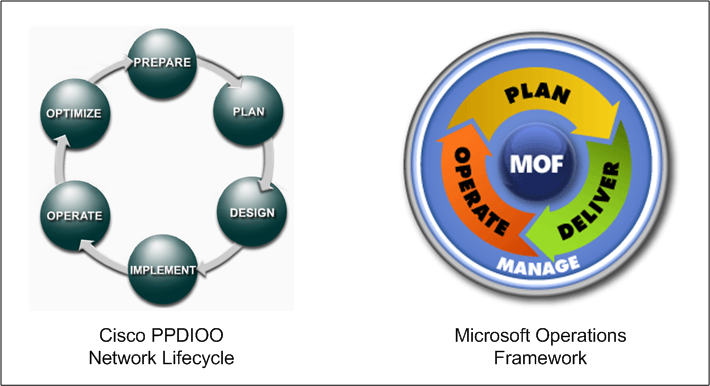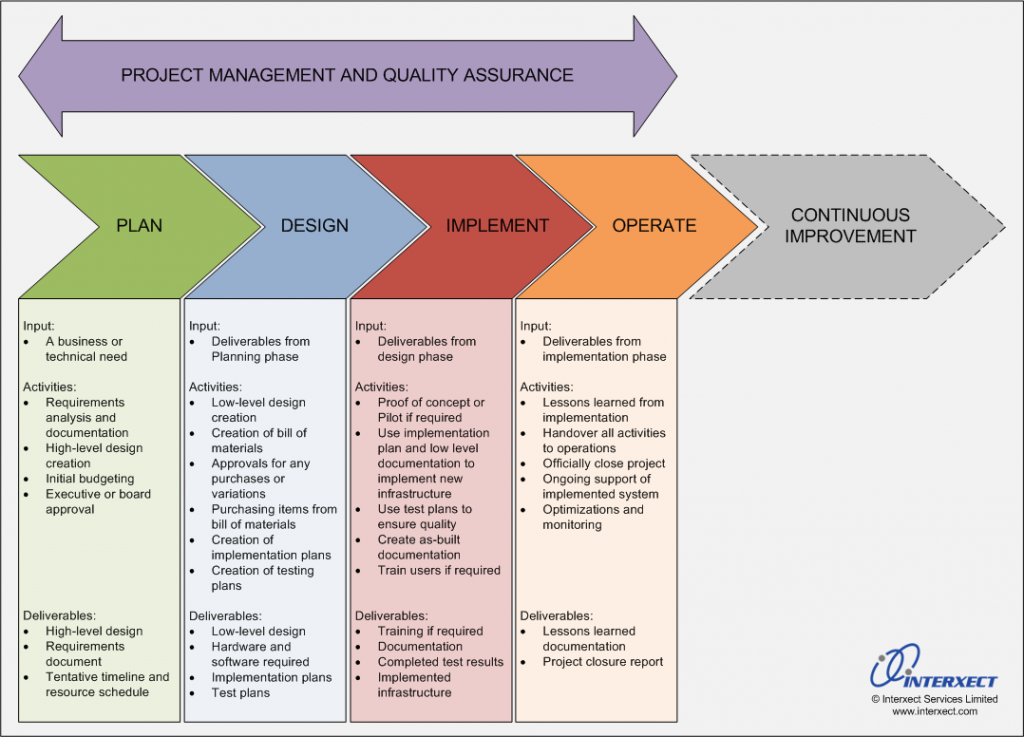 IT projects suffer a great deal of failure. Statistics from the Standish Group’s 2009 CHAOS report put the success rate of IT projects at about 30%. This means that 70% of IT projects fail to complete on-time and within budget as well as to achieve the planned objectives; some may not even complete at all.
IT projects suffer a great deal of failure. Statistics from the Standish Group’s 2009 CHAOS report put the success rate of IT projects at about 30%. This means that 70% of IT projects fail to complete on-time and within budget as well as to achieve the planned objectives; some may not even complete at all.
Why is the success rate of projects so dismal? There are several reasons, the top of which are:
- Lack of user involvement.
- Improper or changing requirements and specifications.
- Lack of resources.
I’ve written before on how you can improve the success rates of your IT projects by engaging your end users. Now, I’ll speak about a foundational aspect that can address all areas of IT project challenges.
Many projects are often implemented ad-hoc, except within organisations with a dedicated project office that oversees major projects.
However, any organisations can benefit from similar processes, even if they lack the project management expertise or credentials.
All IT projects can be defined in clear processes that you can map inputs, activities, and deliverables to.
An IT project will have the four basic stages:
1. Plan – At this stage, the project is initiated, and requirements are analysed and documented. A scope of work and/or a high-level design is created on what is to be implemented.
2. Design – The requirements and high-level design are used to create lower level technical design documents that detail the hardware, software, and configuration changes required. Implementation and test plans are also created to ensure quality.
3. Implement – Low-level designs and implementation plans are then used to install the new hardware, software, and configuration changes required in the environment. The test plans are used to ensure quality. Documentation is created, along with training if necessary, to use the new systems implemented.
4. Deliver or Operate – The documentation and training is used to continue to operate and maintain the new infrastructure. The project is then closed.
There is an overarching phase of management of both project activities and quality assurance.
The system has been used by many companies, all calling it something different and even splitting out parts to create many parts.
Many software and hardware vendors use a derivation of this in their “infrastructure lifecycle” methodologies, such as the Cisco PPDIOO Network Lifecycle and the Microsoft Operations Framework. These are all similar, with phases either split off or joined and each with its own special flavours, but the activities are pretty much the same.

I refuse to call it a lifecycle, which gives the idea that these projects go on in perpetuity. Instead, I leave it linear and at the end say that there is some sort of “continuous improvement” taking place, which may then spawn other projects.
This is shown diagrammatically in the figure below along with the associated inputs, activities, and outputs of each phase.
The benefits of using such a structure in your projects are many:
- It gives tangible deliverables at the end of each stage so that everyone knows what to expect.
- It develops a deliberative style to thinking about the designs and the possible challenges they will face.
- It determines the resources required for each stage as you progress.
- It reduces failure of parts, as each proceeding phase develops from the preceding phase.
- It allows a process of deeper thinking as you progress through the project.
- It allows division of labour, so you can hire people with certain skills to handle specific parts where you lack the expertise.
- Teams are a part of the process and share in the learning.
- End-users play their part in the process and can be updated on the progress.
- It makes financing easier since you can determine costs as you progress through each stage, helping you to manage cash flow.
- Quality assurance is built in, helping a project to meet its objectives and reduce risks.
- Project management methodologies can be easily integrated with the process.
Can you see how using such a process will help address those top issues that cause failures of IT projects?
Using an implementation methodology will allow any IT project to be implemented with greater success and bring greater returns to any business. This is the same process that I use to successfully deliver all of my projects, and it will work for you too.
If you would like to know more about how you can use this methodology in your business, please contact me.



